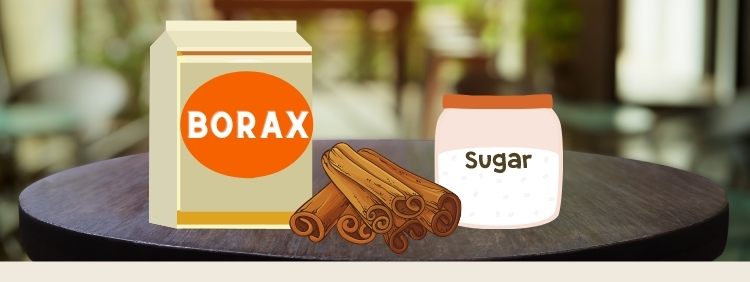Halifax Pest Control: Why DIY Carpenter Ant Removal Fails

When dealing with a carpenter ant infestation in your home, you may consider opting for a DIY solution as a way to save on removal costs. While DIY control can be tempting for those on a budget, such measures often fail, resulting in wasted time and further damage. Here’s why a professional four seasons pest control service is the best way to mitigate damage to your home caused by carpenter ants and other insects.
How Carpenter Ants Invade Your Home
Carpenter ants are colony insects that burrow into wood and foam surfaces to create habitats for themselves. Unlike termites, they don’t actually digest the wood they damage. Carpenter ants can be recognized by their black, segmented bodies and relatively large bodies. Near damaged areas, they may leave a pulpy residue.
It is usually fairly obvious when you have a carpenter ant infestation. Both winged and unwinged ants can often be seen travelling in lines into your home from outdoors or throughout your home. While it is easy to manually kill carpenter ants when you see them, there are almost always far more ants in a colony than the ones you can see in or around your home.
Getting Rid of Ants
Because the ants you see are just the proverbial tip of the iceberg, it can be challenging to rid yourself of an entire colony. Therefore, most solutions for serious infestations rely on poisons that can be carried by drones to the queen and the rest of the colony. Other solutions include foams and dust that impair the ability of insects to travel effectively.
The Importance of Proper Baiting
When baiting ants in their homes, homeowners are often reluctant to use chemicals that can potentially harm pets or humans. Some common baits like Borax need to be applied carefully to avoid contaminating food and water. Many websites suggest using innocuous DIY baits like cinnamon. Although these baits can be effective in the short term, they are unlikely to yield long-term success.
If your baits aren’t working correctly, it’s probably for one of a few reasons. These are:
- Your baits are too effective, and ants don’t have a chance to spread poisons to the rest of the colony
- Your baits are killing some ants but not reaching the entire colony
- You are using the wrong bait for the species you are trying to exterminate
Every failure you are likely to encounter when applying DIY baits can be solved with experience and expertise. Killing ants isn’t just about finding the right solution, it requires an understanding of ants’ behaviours and lifecycles. Suppose you don’t know where to hide baits because you don’t understand how ants travel through their environments. In that case, you are destined to live with your pests indefinitely. Similarly, if you don’t apply the proper baits at the right intervals, you are unlikely to get rid of your problem.
The main reason residents cite for relying on DIY methods is usually saving on cost. You should realize, however, that DIY can actually cost you more in the long run. In the time it takes for you to realize that your home remedy efforts have been in vain, ants will likely have done more damage to your home. Certain DIY baits are unhealthy or downright harmful. Some bait materials are expensive, and trying and failing several methods can cost more than calling an exterminator.
Carpenter Ant Removal in Halifax
If you have a carpenter ant infestation in Halifax, don’t try to handle it yourself. The quickest, most effective, safest option is always calling a professional. At Truly Nolen, we have years of experience getting rid of pests for good. For unrivalled service, call Truly Nolen Halifax today.